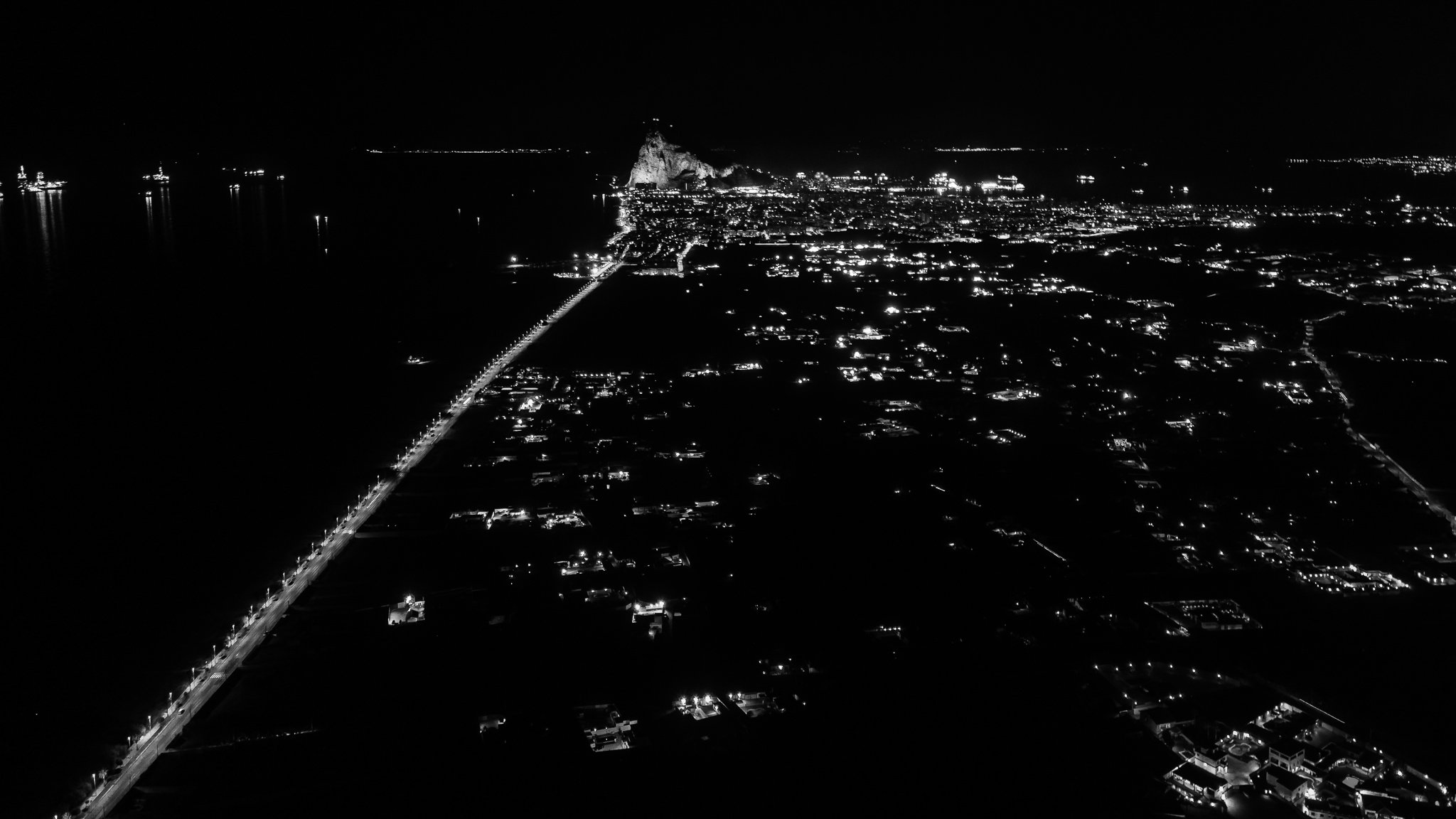Programming for Artists and Designers - Term 1 Final Project - Circle City (heading #4)
Did you ever play the game of focus, using your eyes, and a light in the darkness? Concentrate and see clearly, relax and see the abstract blurs, circles of light. This Project intends to replicate this.
produced by: Hannah Gillborn-Jones
Introduction
Did you ever play the game of focus, using your eyes, and a light in the darkness? Concentrate and see clearly, relax and see the abstract blurs, circles of light. This Project intends to replicate this through a 'circle packing' algorithm inspired by the work of Daniel Shiffman (code) and Christopher Kenneth (imagery).
Concept and background research
Looking through the window glass at other travelling cars along the road at night, my eyes would naturally follow the headlights until they could no longer. Moving on to another, gripping on another. Relaxing and watching an abstract world of travelling blurred lights. This project is a visual representation of that game I used to play as a child. From an aerial perspective.
Daniel Shiffman, an Associate Arts Professor at the Interactive Telecommunications Program at New York University, Tisch School of the Arts and author of the Nature of Code, inspired my code for this project.
Christopher Kenneth at Studio 11 Media House, provided the inspiration for the imagery, a photograph from an aerial perspective of the province of La Línea de la Concepción, Spain.
Technical
Using Processing.app version 3.5.4 on macOS Catalina version 10.15.7 This final project for Joe's class, Programming for Artists and Designers at Goldsmiths University of London, Autumn term 2020, interoperates the code of 'circle packing'. Circle packing, uses conditionals and looops to determine the environment in order to grow a new circle. In this case, I loaded an image of a photograph into Photoshop and converted it into black and white, while bumping up the contrast. This gave the algorithm a better chance to determine light from darkness where black and white were clearly distinguishable. Exporting the image as a .png and loading this into processing to fit the code. Circles will grow where there is a pixel of light, represented as white in the image.
Future development
Future development would be to explore the possibilities of moving imagery rather than a still photograph. I would also like to learn more about colour and possibly assigning different colours to new circles or allowing the colour of the circle to change hue or saturation over time.
Self evaluation
I found it difficult to get the black and white contrast right, to work well with the algorithm. Through trial and error I had to distort the original image heavily to an un-natural and over saturated contrast for the code to work well with the differentiation between particles of light and night. I also found it very tricky when attempting to write in a 'save to .pdf' line of code. I managed it in the end but it saves as a very large MB as a pdf so it makes it very slow and sometimes the program crashes. I also had to use Adobe Acrobat to reduce the file size of the pdf to use in another pdf document (write up report). Things I would do differently would be experimenting with color. I kept things in a monochrome spectrum for minimalism and also making it simpler to concentrate on the code more.
References
Daniel Shiffman, an Associate Arts Profersor at the Interactive Telecommunications Program at New York University Tisch School of the Arts and author of the Nature of Code, inspired my code for this project.
Code influenced through: https://shiffman.net/
Christopher Kenneth at Studio 11 Media House, provided the inspiration for the imagery, a photograph from aerial view of the province of La Línea de la Concepción, Spain.
Original image provided by: https://www.studio11mediahouse.com/about

































































